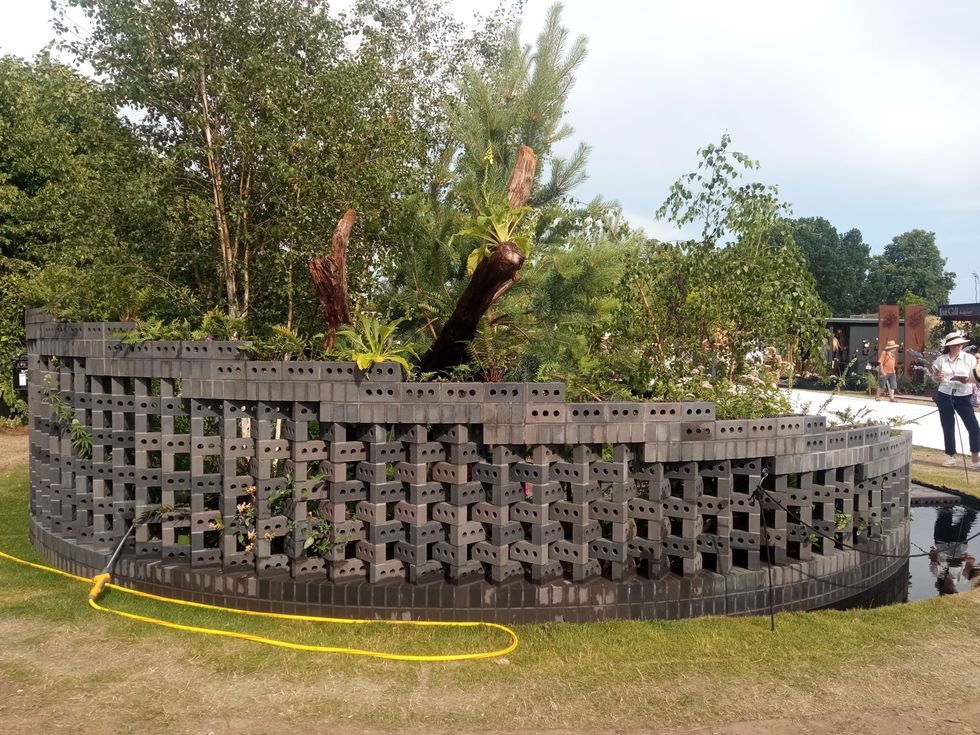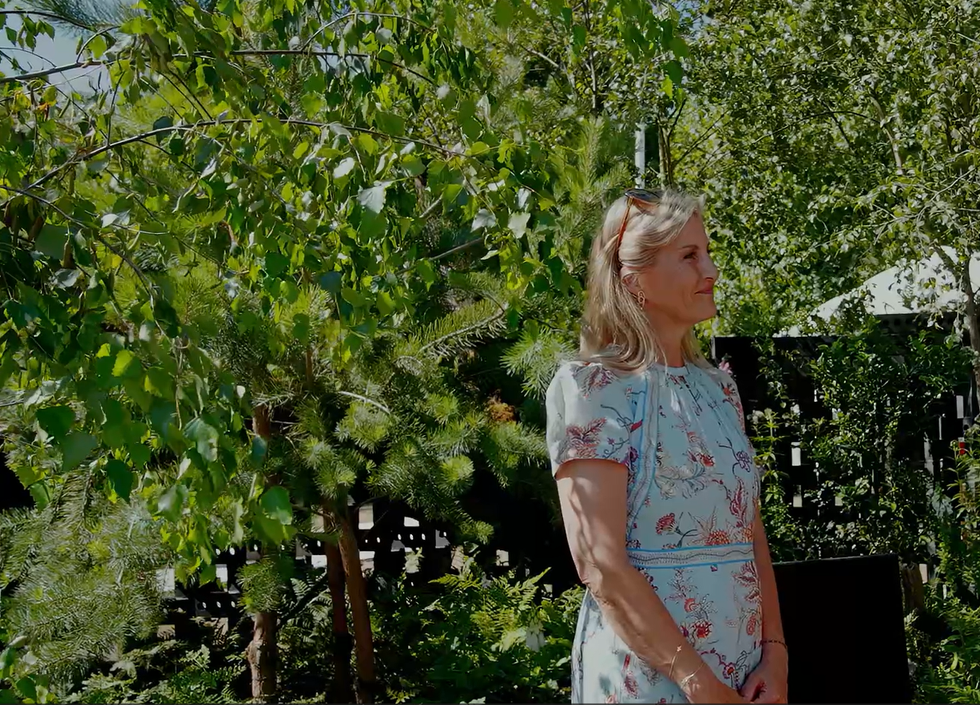India's prime minister Narendra Modi and China's president Xi Jinping will meet in the Indian city of Chennai from Friday in a bid to ease strained bilateral ties.
The leaders of the world's two most populous nations will tackle "over-arching issues", according to India's announcement of the meeting. Here are key topics that the uneasy neighbours will find difficult to solve:
- Trade tussle -
India has repeatedly demanded greater access to China's markets in recent years and pressure has grown because of the rising trade deficit of about $55 billion in Beijing's favour.
India's pharmaceutical and software industries have in particular lobbied for a more open border.
India wants trade dealt directly with China, but their talks will have an impact on the free trade accord that Southeast Asia's ASEAN is negotiating with major partners including Beijing and New Delhi.
Many in India see China's trade war with the United States and international scrutiny of its commercial practices as a window to raise trade concerns.
- Huawei battle -
India is one of the key countries where Chinese telecoms giant Huawei wants to establish its 5G technology and Xi is expected to press Modi to give the green light in the face of US opposition because of its security concerns over Chinese-made equipment.
Huawei is already a major player in India's smartphone market but the government has yet to make clear its stand on the company's role in 5G.
Many Indian security analysts have raised concerns over allowing Chinese firms into strategically sensitive areas. But India's foreign minister Subrahmanyam Jaishankar last week denied that Huawei was a "political problem" however and said it would be dealt with "on merits".
- Kashmir tensions -
India-China tensions rose again after New Delhi's move on August 5 to revoke the autonomy of Jammu and Kashmir, the Muslim-majority Himalayan region also claimed by Pakistan. China controls a part of Kashmir, which is in turned claimed by India. China's criticism of India's constitutional move angered the Modi government.
The rivals have a long-pending border dispute in Ladakh, a strategic Buddhist-dominated region within Kashmir that is to be split from the Himalayan territory under the changes.
Both armies frequently cross into territory held by the other side around Ladakh, which has China's restive Xinjiang to its north and Tibet to the east.
India has been a vocal critic of China's Belt and Road global infrastructure programme that includes a key project through Pakistan-administered Kashmir.
- Border bust-ups -
Besides Ladakh, India and China also have a decades old dispute over Arunachal Pradesh, an Indian state bordering Tibet. They went to war over the territory in 1962. China still claims about 90,000 square kilometres (35,000 square miles) of territory under New Delhi's control.
The Buddhist and Hindu dominated region with dense forests and waterfalls is also home to many indigenous tribal communities.
In 2017, the neighbours had a high-altitude standoff in Bhutan's Doklam region after the Indian army sent troops to stop China constructing a road there.
Doklam is part of a long-pending border tussle between China and tiny Bhutan, which counts India as one of its closest allies.
Modi and Xi's last summit in Wuhan two years ago helped end the showdown. But Doklam remains tense.
India has held two significant military exercises close to its disputed borders with China in recent weeks.
- Diplomatic daggers drawn -
The two Asian giants are also competing for influence across South Asia. Xi is expected to go to Nepal on Sunday after these talks but their strategic rivalry can be seen in projects and diplomatic pushes in Sri Lanka, Nepal, Afghanistan, Myanmar and even the Maldives.
The two leaders discussed greater regional cooperation at their last summit but experts say little has changed since.
India's worries about Chinese initiatives such as the Belt and Road project have bolstered its support for the Quad security dialogue with Japan, the United States and Australia that has been pushed as a democratic counter to China's more assertive stance.
India participated in its first ministerial-level meeting in New York last month.





 The circular structure inspired by jali screens in India
The circular structure inspired by jali screens in India Sophie, Duchess of Edinburgh, at the garden
Sophie, Duchess of Edinburgh, at the garden The couple display their medals
The couple display their medals











 Kap’s Cafe in Surrey was struck by gunfire late at night with staff still insideInstagram/
Kap’s Cafe in Surrey was struck by gunfire late at night with staff still insideInstagram/ Kaps Cafe Instagram Story Instagram Screengrab/
Kaps Cafe Instagram Story Instagram Screengrab/ Kaps Cafe Instagram Story Instagram Screengrab/
Kaps Cafe Instagram Story Instagram Screengrab/
